Learn how you can cure diabetes with food using real doctor insights, proven nutrition tips, and everyday meals that help balance blood sugar naturally.
Can you really cure diabetes with food—or is it just another health myth on the internet? The truth might surprise you.
According to the Centers for Disease Control and Prevention (CDC), over 37 million Americans have diabetes, yet studies show that adopting the right diabetes diet and healthy eating plan can dramatically improve blood sugar levels and even reverse early type 2 diabetes.
In this guide, you’ll discover how everyday foods, smart meal planning, and real doctor-backed insights can help you create healthy meals and take charge of your health—without giving up flavor or fun along the way.
Can Food Really Cure Diabetes?
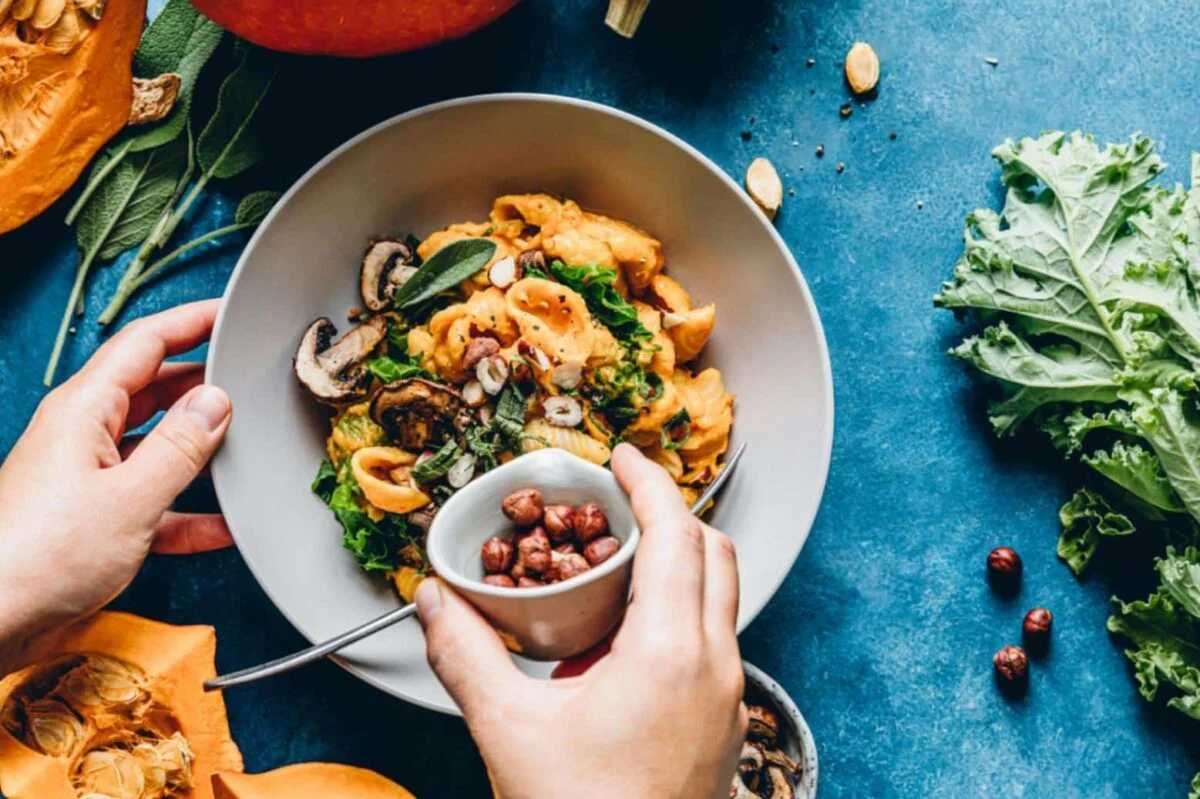
You might wonder if it’s really possible to cure diabetes with food. Doctors say that while food alone can’t completely erase diabetes, it can help control and even reverse type 2 diabetes when combined with the right lifestyle.
The American Diabetes Association confirms that a balanced diabetes diet and smart meal planning can lower blood sugar levels, improve glycaemic control, and boost your overall health.
How Food Affects Blood Sugar and Insulin Resistance
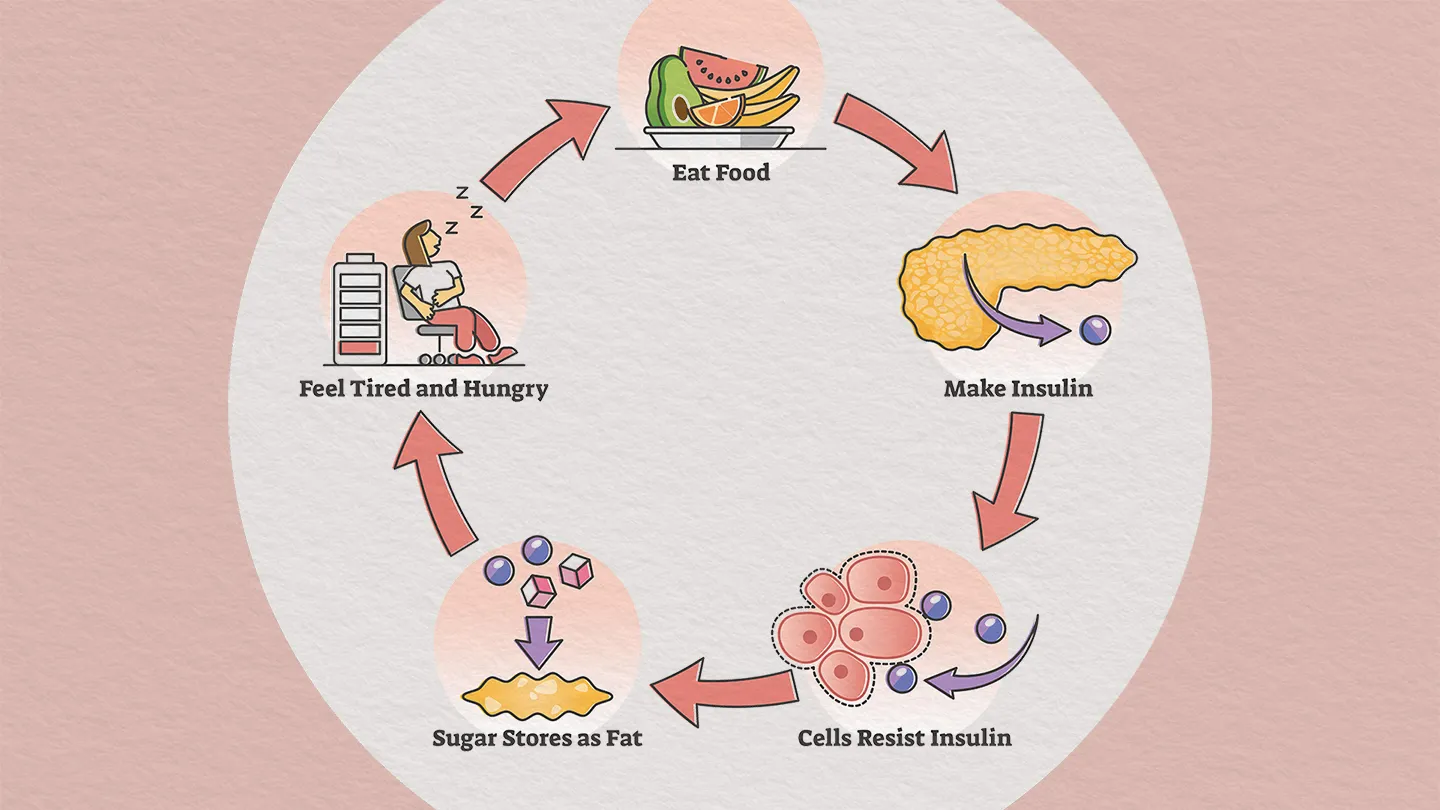
Food has a big impact on blood sugar and insulin resistance. The right choices help your body use insulin better and prevent sugar spikes. Let’s break it down:
1. Portion Control Prevents Blood Glucose Overload
Eating smaller portions keeps blood glucose steady and supports long-term disease control. Overeating raises body weight, making it harder to manage diabetes.
2. Eating Healthy Improves Insulin Sensitivity
Eating healthy meals rich in whole grains, lean protein, and healthy fats improves insulin response and supports a strong healthy eating plan.
3. Reducing Cardiovascular Disease Risk Through Food Choices
Foods with monounsaturated and polyunsaturated fats, like nuts and fatty fish, protect your heart and reduce cardiovascular disease risk.
4. Whole Foods and Antioxidants Help Reduce Inflammation
Citrus fruits, starchy vegetables, and plant foods full of vitamins C and fiber reduce inflammation and help your body lower blood sugar naturally.
So yes — with a consistent healthy eating plan, balanced portions, and the right health care, you can take real steps to cure diabetes with food and feel your best every day.
"Learn exactly which foods help lower blood sugar and support your diabetes journey. Explore the My Balance Bite Diabetes Food List → See What to Eat"
The Foundation of a Healthy Eating Plan for Diabetes
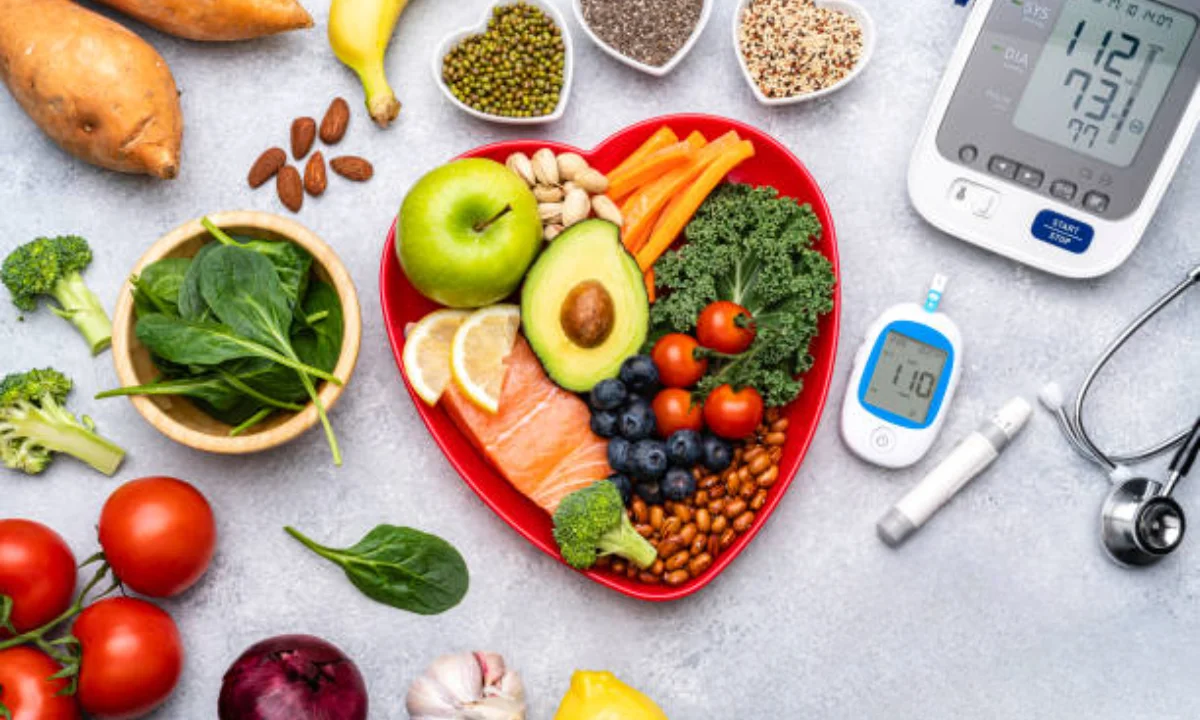
A strong healthy eating plan is the first step to cure diabetes with food. Focus on real, nutrient-dense foods that help manage blood sugar levels. Include whole grains, lean protein, and healthy fats in every meal.
A balanced diabetes meal plan supports better glycaemic control and long-term disease control. When you eat fresh plant foods and practice portion balance, your energy improves and your body works naturally toward better health care and stability.
Building a Diabetes Meal Plan: What to Eat and Why
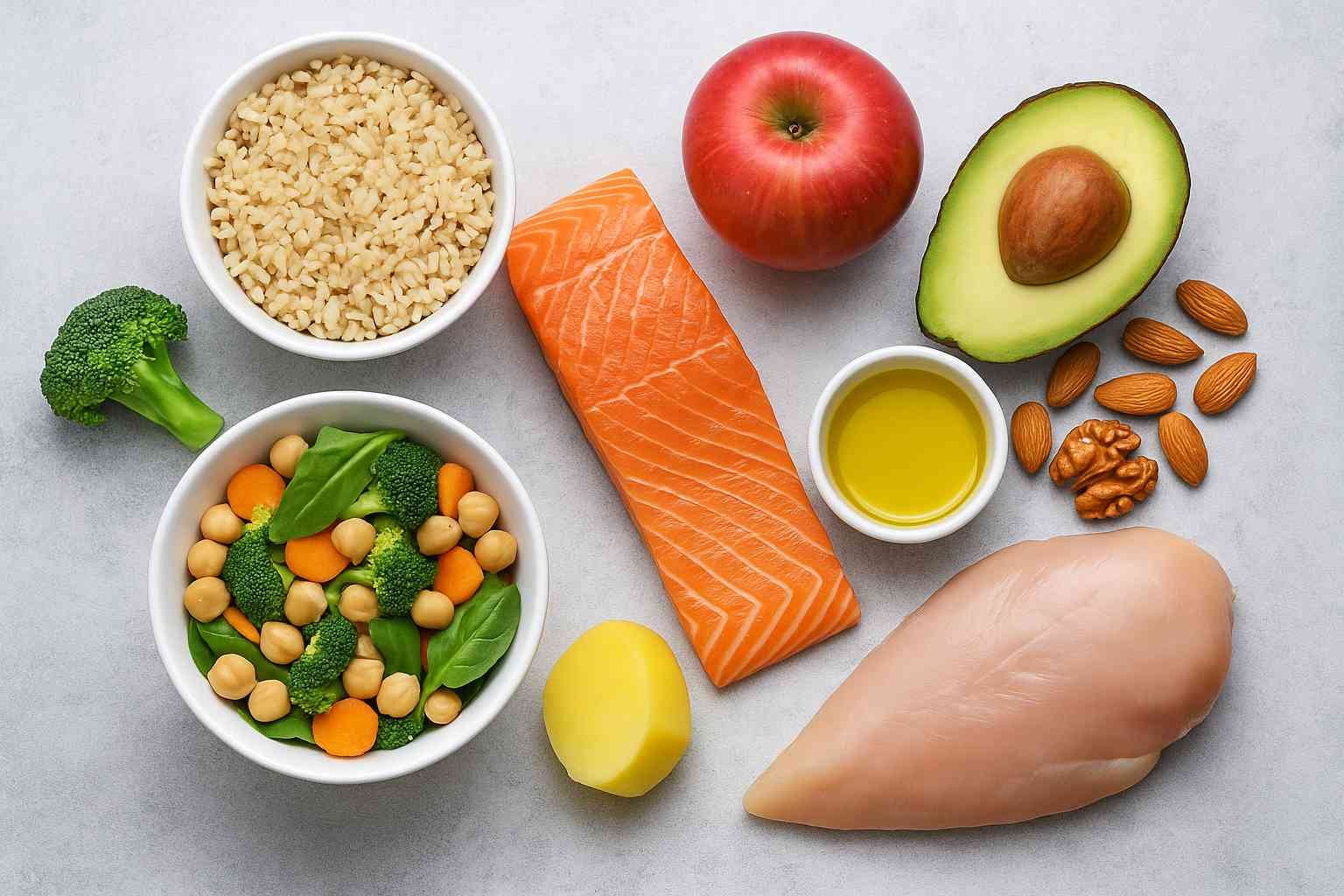
1. Follow a Balanced Diabetes Diet
A balanced diabetes diet means eating foods that help control blood sugar without skipping nutrients your body needs.
-
Fill half your plate with starchy vegetables like carrots and green beans. They’re rich in fiber and help slow digestion.
-
Add healthy fats such as olive oil, avocado, and nuts. These improve glycaemic control and lower cardiovascular risk factors.
-
Choose low-fat dairy or low-fat milk for calcium and protein without the extra saturated fats.
-
Avoid foods high in added sugar, white bread, or refined grains, which spike blood glucose quickly.
A balanced approach keeps your body weight stable and supports long-term disease control.
2. Choose Whole Grains Over Refined Carbs
Whole grains like brown rice, quinoa, and oats help maintain steady blood sugar levels. They’re packed with fiber, vitamins, and minerals that support metabolic health.
-
Swap refined carbs for whole grains to prevent sugar spikes.
-
Look for “100% whole grain” on food labels when shopping.
-
Add a serving of whole fruits or citrus fruits for natural sweetness and extra vitamins C.
Studies show that people who follow a low glycemic index diet experience significant reductions in glucose fluctuations and better glycaemic control.
A recent randomized controlled trial found that people who followed a structured diabetes meal plan saw major improvements in blood sugar control within weeks.
3. Add Lean Proteins
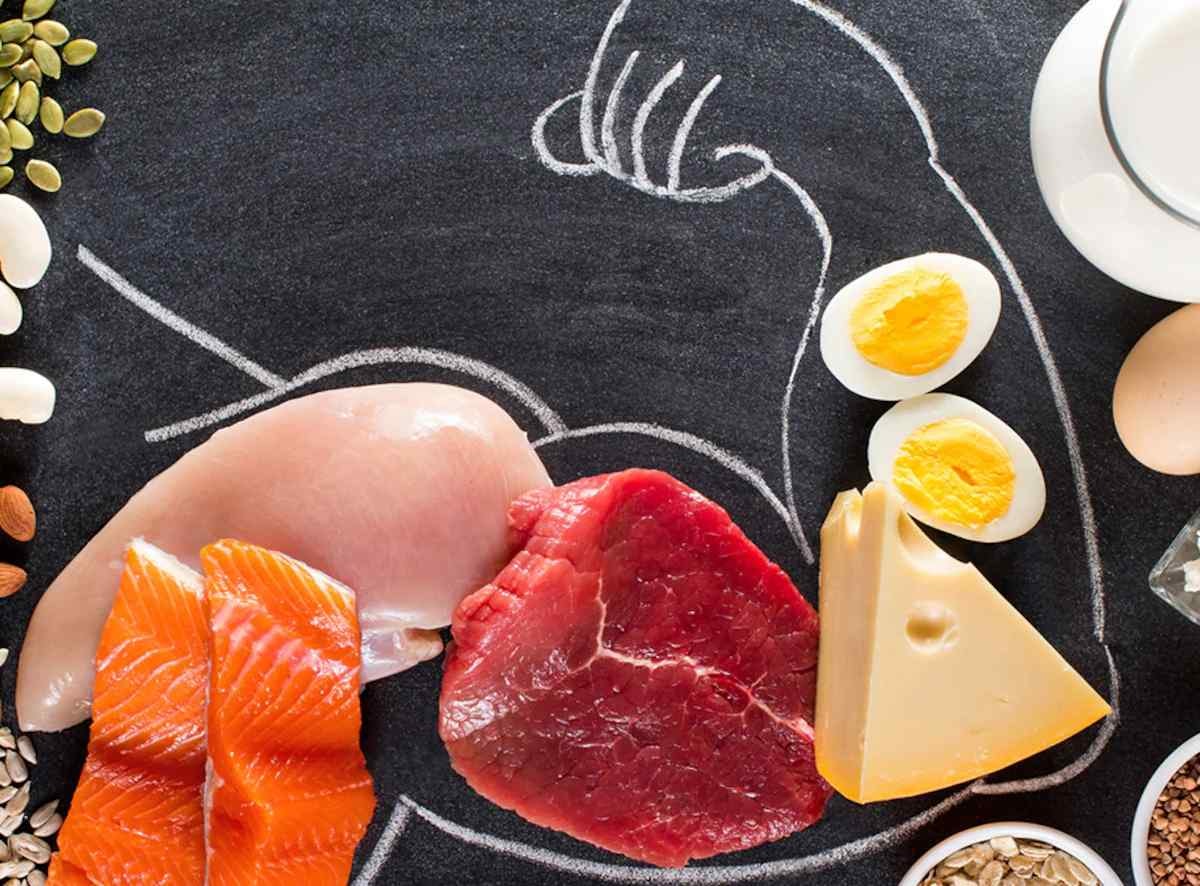
Adding lean protein helps repair tissues, keeps you full longer, and prevents energy crashes.
-
Include chicken, fish, tofu, beans, or lentils in your daily eating plan.
-
Try fatty fish like salmon or tuna twice a week. They contain monounsaturated and polyunsaturated fats, which improve heart disease prevention.
-
Combine proteins with whole grains for balanced healthy eating.
Protein helps reduce insulin resistance, supports weight loss, and improves your body’s ability to manage blood glucose naturally. Eating balanced meals and staying active can help you lose weight safely, which also reduces insulin resistance and supports long-term diabetes care.
4. Add Citrus Fruits Wisely
Citrus fruits like oranges, lemons, and grapefruit are rich in vitamins C and fiber. These nutrients help your body fight inflammation and support glycaemic control.
But here’s the trick — while these fruits are healthy, they also contain natural sugar. So, it’s important to eat them in the right amount.
-
Have one medium orange or half a grapefruit daily.
-
Always choose whole fruits instead of fruit juice, which raises blood glucose faster.
-
Combine citrus with lean protein or whole grains to keep your blood sugar steady.
Research shows that diets rich in plant foods and citrus fruits can reduce cardiovascular disease and type 2 diabetes risk.
5. Incorporate Healthy Fats
Many people think fat is bad — but not all fats are! Adding the right kinds of healthy fats helps lower cardiovascular risk factors and support better insulin sensitivity.
-
Use olive oil, avocado, nuts, and seeds in your meals.
-
Include fatty fish like salmon and tuna twice a week — they’re full of monounsaturated and polyunsaturated fats that protect against heart disease.
-
Avoid saturated fats from fried foods and butter.
These healthy fats improve glycaemic control, support body weight management, and enhance overall health — all key when you’re trying to cure diabetes with food.
6. Eat Low-Glycemic-Index Foods

The glycemic index (GI) measures how fast food raises your blood sugar levels. Foods with a low glycemic index digest slowly, helping you avoid sugar spikes and cravings.
-
Pick whole grains like quinoa, oats, or brown rice.
-
Load up on starchy vegetables and cruciferous vegetables like broccoli or spinach.
-
Choose low-fat dairy and healthy meals with fiber and protein for lasting fullness.
A low glycemic index diet has been linked to significant reductions in blood glucose and better disease control. It’s a simple way to support your body’s natural balance.
7. Make Portion Planning a Part of Health Care
Planning meals ahead of time makes it easier to choose healthy foods, track your carbs, and stay consistent with your diabetes goals.
If you want to cure diabetes with food, portion planning is key. It’s not just about what you eat — it’s about how much you eat. Eating large portions can raise your blood sugar levels, leading to energy crashes and poor disease control.
-
Divide your plate into simple parts:
-
Half with starchy vegetables or salads.
-
One-quarter with lean protein like fish or chicken.
-
One-quarter with whole grains or brown rice.
-
-
Avoid overeating, even with healthy foods.
-
Use smaller plates to keep balanced meals simple.
According to the American Diabetes Association, mindful portion sizes improve glycaemic control and body weight management — both essential for long-term health care.
8. Stay Hydrated Wisely
Water plays a big role in your diabetes diet. Staying hydrated helps your body remove extra glucose through urine and supports normal blood glucose levels.
-
Drink at least 8 cups of water daily.
-
Replace sugary drinks with unsweetened iced tea or plain water.
-
Limit fruit juice — it can spike blood sugar quickly.
Studies show that proper hydration supports metabolic health and helps reduce the risk of kidney diseases often linked with type 2 diabetes.
9. Include Dairy Smartly
Dairy can be a healthy part of your eating plan — if you choose wisely. Go for low fat milk or low fat dairy options like yogurt and cheese. They offer protein and calcium without too much saturated fat.
-
Pick plain, unsweetened dairy products.
-
Avoid flavored ones with added sugar.
-
Pair dairy with whole grains for better blood sugar balance.
Including dairy in moderation helps maintain overall health, supports strong bones, and complements your healthy eating plan for diabetes care.
"Want to see real results in just one week? Join our 7-Day Balanced Eating Challenge at My Balance Bite and experience stable energy, better digestion, and controlled blood sugar."
✅ Start the Challenge Now
The Link Between Body Weight, Metabolic Syndrome, and Diabetes Mellitus

Your body weight affects how your body uses sugar for energy. When you gain too much fat, especially around your stomach, your cells stop responding well to insulin — a hormone that helps move sugar from your blood into your cells. This can lead to diabetes mellitus, a long-term condition where blood sugar levels stay too high.
Metabolic syndrome is a group of health problems that often happen together — such as high blood pressure, high cholesterol, and extra belly fat. These raise your risk of getting type 2 diabetes and heart disease.
The good news? You can cure diabetes with food and lifestyle changes:
-
Healthy eating: Choose fiber-rich whole grains and fewer foods with added sugar.
-
Physical activity: Move your body for at least 30 minutes a day.
-
Meal planning: Balanced meals improve glycemic control and support steady weight loss.
Small, consistent changes help you manage diabetes care and build long-lasting health benefits naturally.
Expert Insights: What Doctors and Diabetes Educators Recommend

Doctors and diabetes educators believe you can take real control of your health when you understand how food affects your body. While there’s no magic cure, learning how to cure diabetes with food starts with the right choices, not restrictions.
Experts stress that small, consistent habits can protect your heart, improve blood sugar levels, and even lower the chances of type 2 diabetes complications.
Here’s what the experts say really works:
-
Create balanced meals: Doctors recommend that you fill half your plate with vegetables, one-quarter with lean protein, and one-quarter with whole grains. This simple method supports healthy body weight and better glycemic control.
-
Watch your carbs: Avoid refined grains and white bread that cause sugar spikes. Instead, pick starchy vegetables and high-fiber plant foods that digest slowly.
-
Choose healthy fats and dairy: Use olive oil or avocado for cooking, and include low fat dairy products like yogurt or milk for protein and calcium.
-
Stay hydrated and active: Doctors suggest swapping sugary drinks for unsweetened iced tea and walking at least 30 minutes daily to improve insulin sensitivity.
-
Plan ahead: Smart meal planning and reading food labels help reduce added sugar and prevent overeating.
According to the American Diabetes Association, combining healthy eating with daily physical activity and support from a qualified diabetes educator can bring long-term health benefits and help manage diabetes naturally.
"Need help applying doctor-backed nutrition advice to your daily life? Schedule a free 15-minute session with a My Balance Bite Nutrition Coach to learn how to build meals that fit your lifestyle and health goals."
📅 Book My Free Session
FAQs

1. Is it possible to reverse type 2 diabetes with a healthy diet?
-
Yes, in many cases, you can manage or even reverse type 2 diabetes through a healthy eating plan and consistent habits. Doctors say that focusing on whole grains, starchy vegetables, and fiber-rich healthy foods helps control blood sugar levels naturally.
-
People who maintain a healthy body weight and follow a balanced meal planning routine often see better results and long-term health benefits.
2. Can eating healthy alone replace diabetes medication?
-
Not always. While eating healthy improves glycemic control, you shouldn’t stop your medication without your doctor’s advice. Combining a diabetes meal plan with physical activity and proper health care works best.
-
Some patients have safely reduced medication use after achieving healthy blood sugar and plasma glucose levels through consistent food choices and exercise.
3. Which foods should I avoid if I want to cure diabetes with food?
-
To cure diabetes with food, avoid refined grains, white bread, sugary drinks, and fried foods. These can increase your glycemic index and make blood sugar control harder.
-
Also, limit full-fat dairy products and processed snacks high in saturated fats. Instead, pick low fat milk, plant foods, and high-fiber options for better disease control.
4. How to reduce diabetes in pregnancy?
-
Gestational diabetes can often be managed by following a balanced meal plan rich in whole fruits, lean protein, and healthy fats.
-
Eating smaller portions, avoiding added sugar, and staying active all help. Consult your doctor or a diabetes educator before changing your diet.
5. How long does it take to see results from a diabetes meal plan?
-
Results depend on your meal planning consistency and body response. Many people notice improved blood sugar levels within 3–6 weeks of following a healthy eating and physical activity routine.
-
Staying patient and tracking your progress helps you stay motivated.
6. Can plant-based or vegetarian diets help reverse diabetes?
-
Yes! Studies show that plant foods such as beans, lentils, and leafy greens improve insulin use and digestion. A plant-based diet supports weight loss, reduces heart disease risk, and may protect against digestive and kidney diseases.
-
It’s one of the best eating plans for maintaining long-term health benefits and better food choices.
Final Thoughts
Learning how to cure diabetes with food isn’t about quick fixes — it’s about making steady, smart choices every day. A healthy diet filled with whole grains, plant foods, and fiber-rich options can help lower blood sugar levels and improve overall health.
Doctors from the National Institute of Health confirm that proper meal planning and knowing how many carbs you eat make a big difference in controlling type 2 diabetes.
Start simple: fill half your plate with vegetables, choose healthy meals made from fresh ingredients, and include calcium-rich dairy products in moderation. Avoid processed foods high in added sugar or refined grains. Small steps like these support weight control, better energy, and fewer cravings.
In the end, the key elements of success are balance, consistency, and awareness. When you eat thoughtfully and plan your meals wisely, you give your body a real chance to heal and thrive — one bite at a time.
"Take the next step in your journey to cure diabetes with food. Download the My Balance Bite Diabetes Meal Planning Guide for easy recipes, grocery tips, and portion plans that truly work."
📘 Get My Free Guide






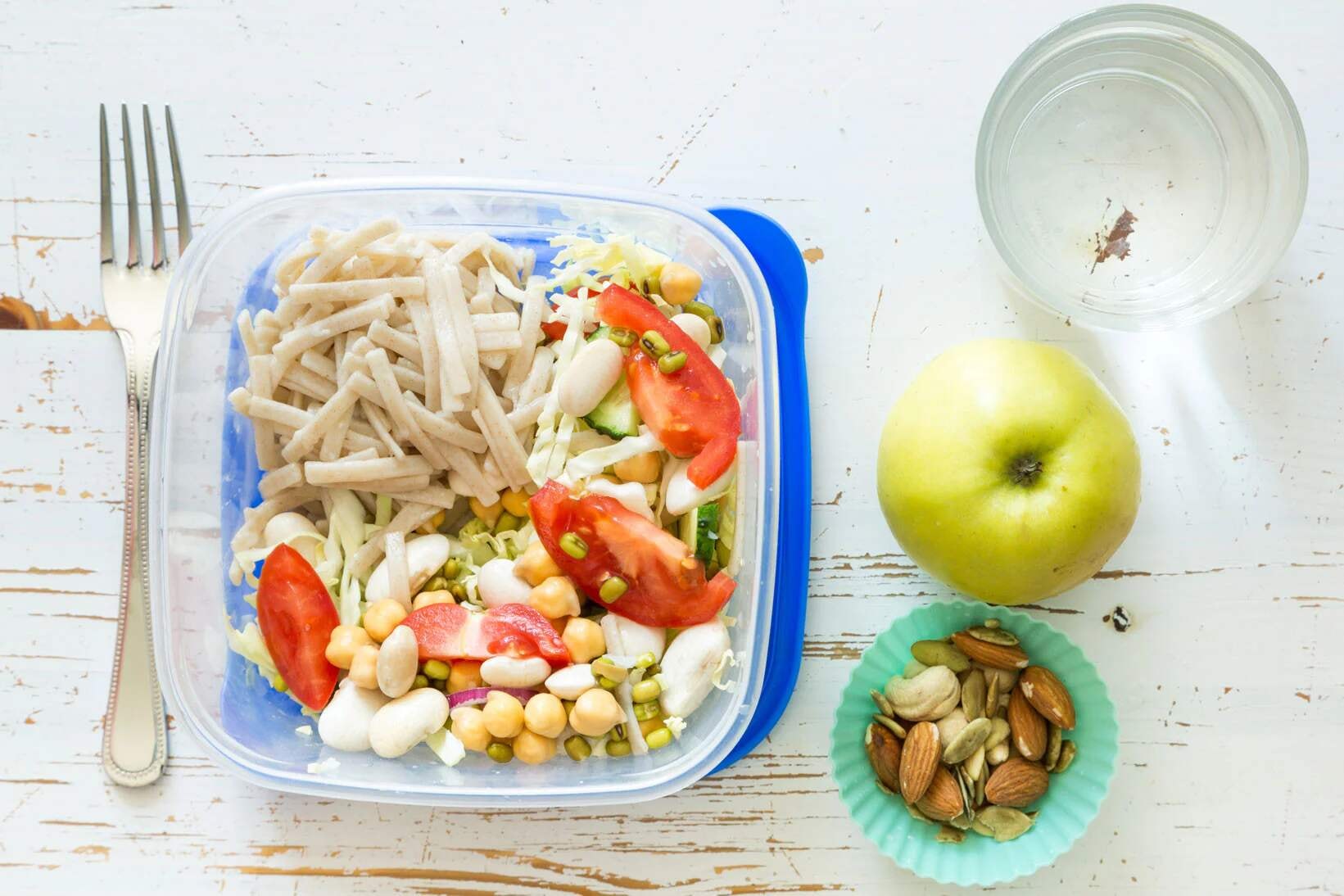
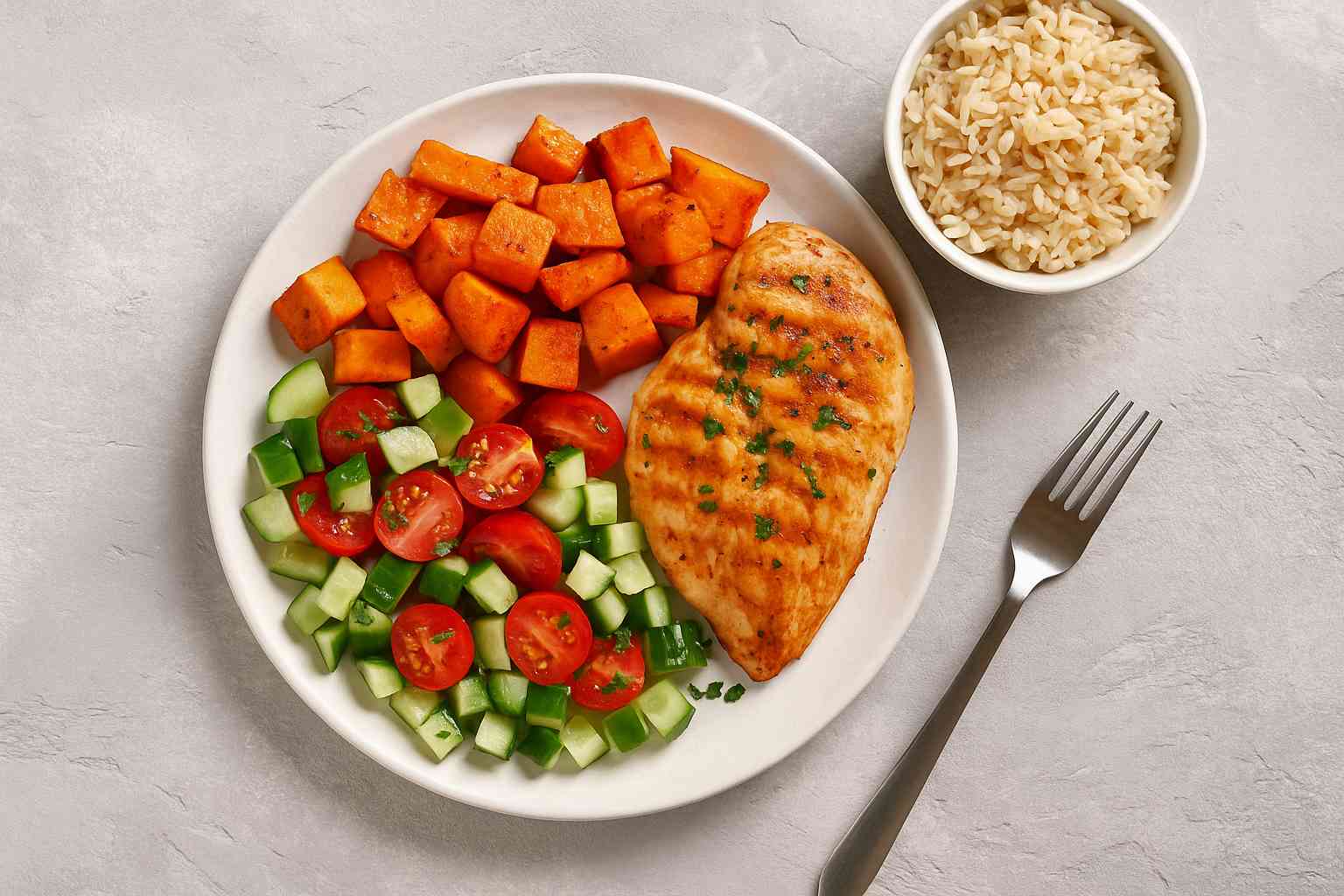
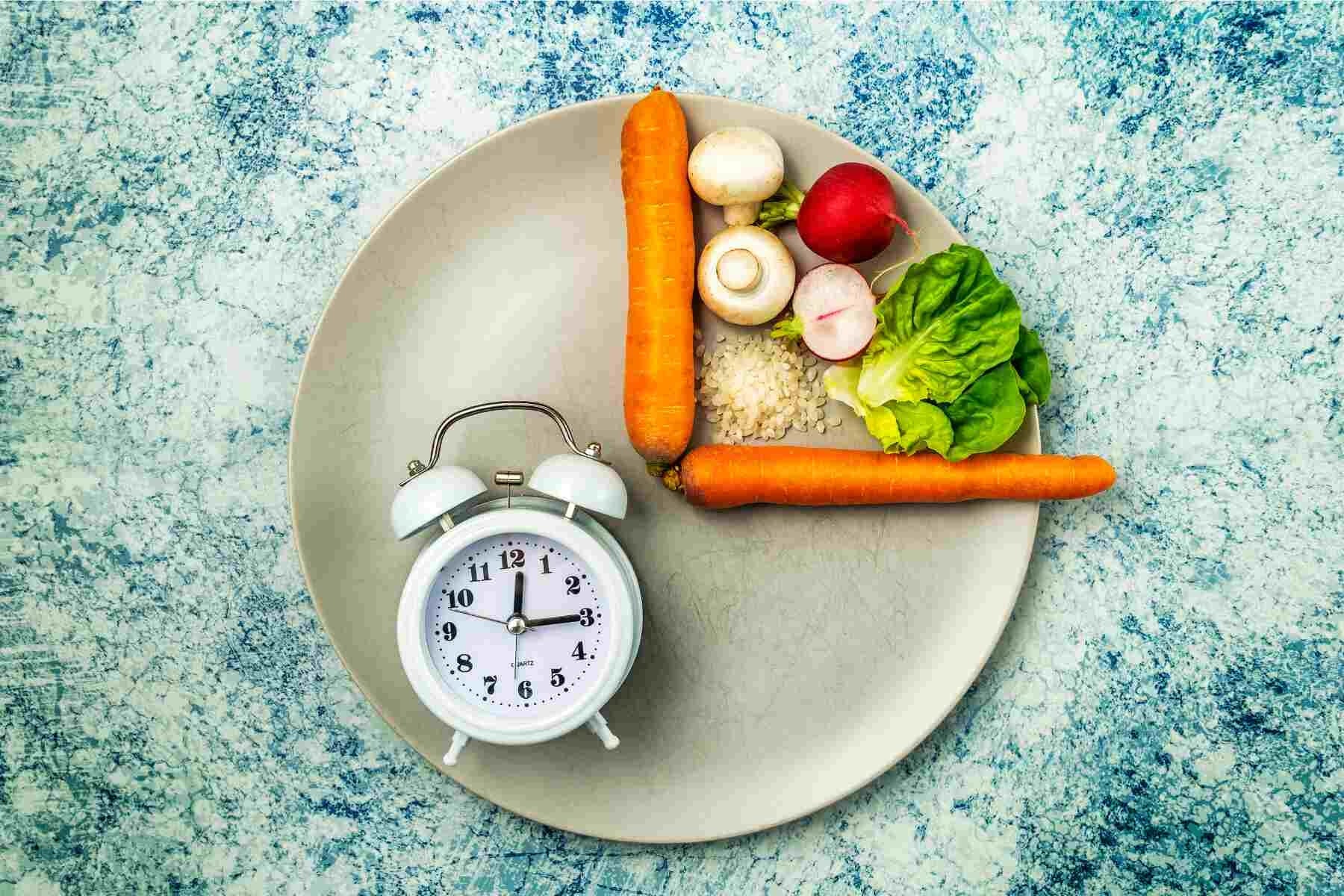

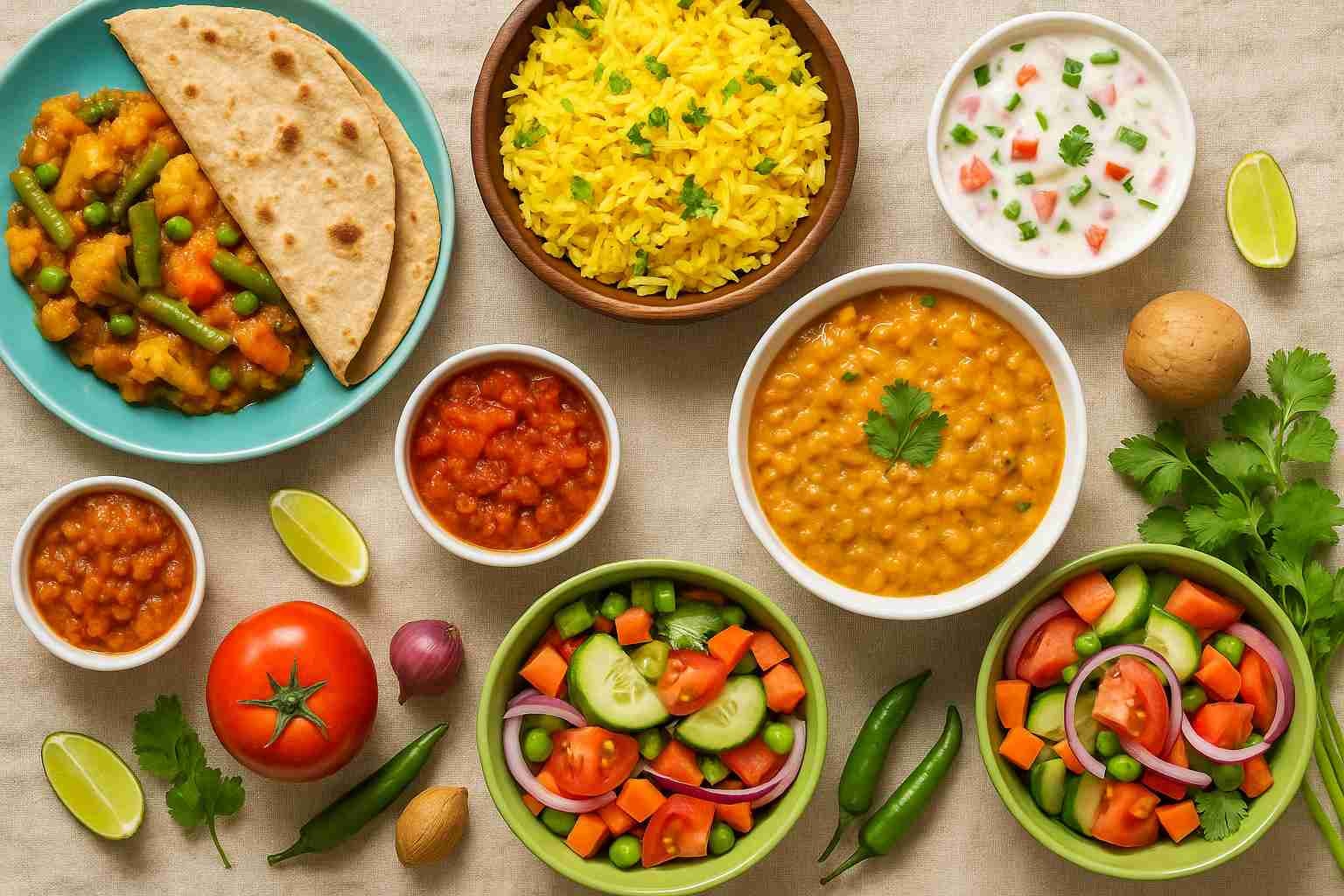




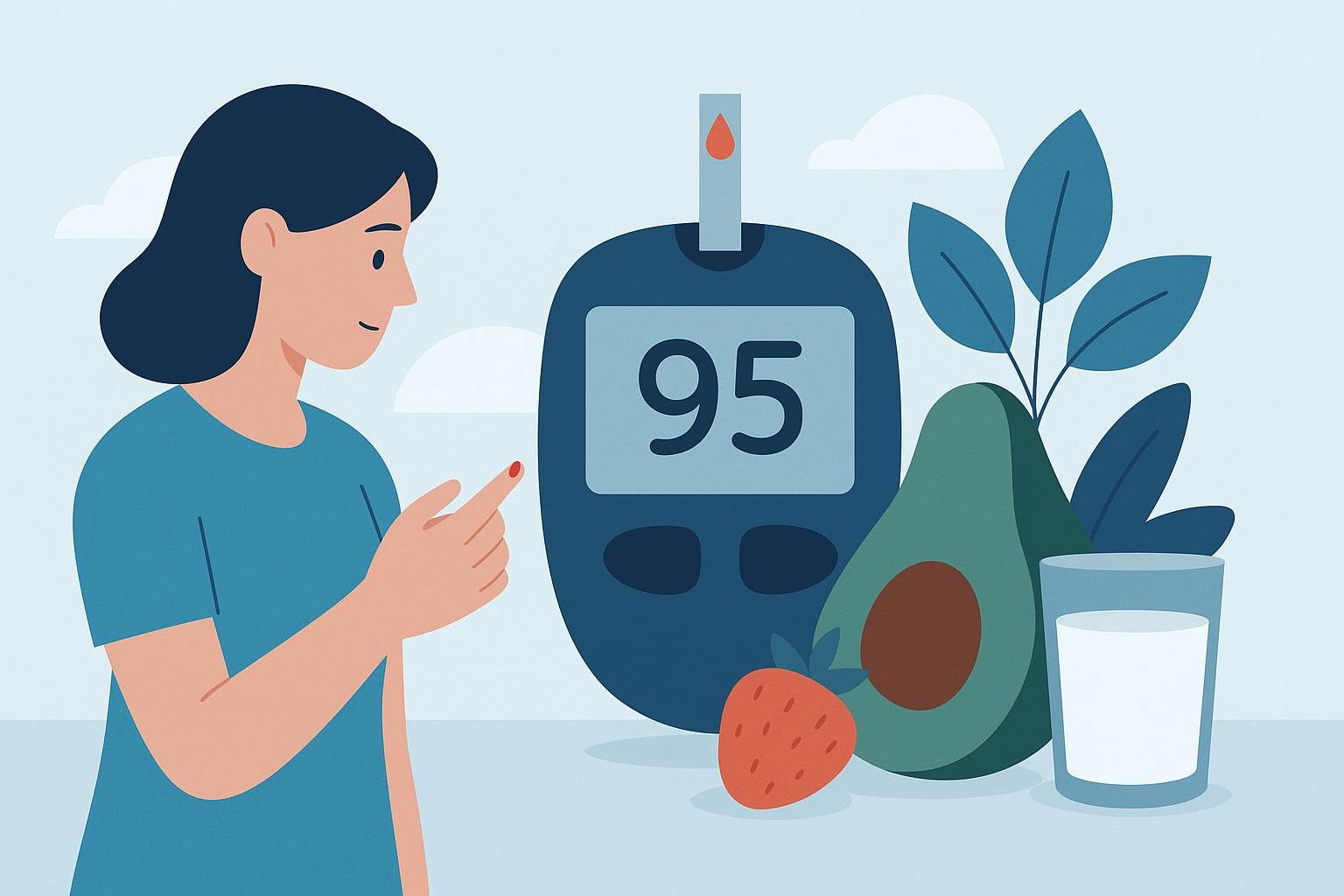
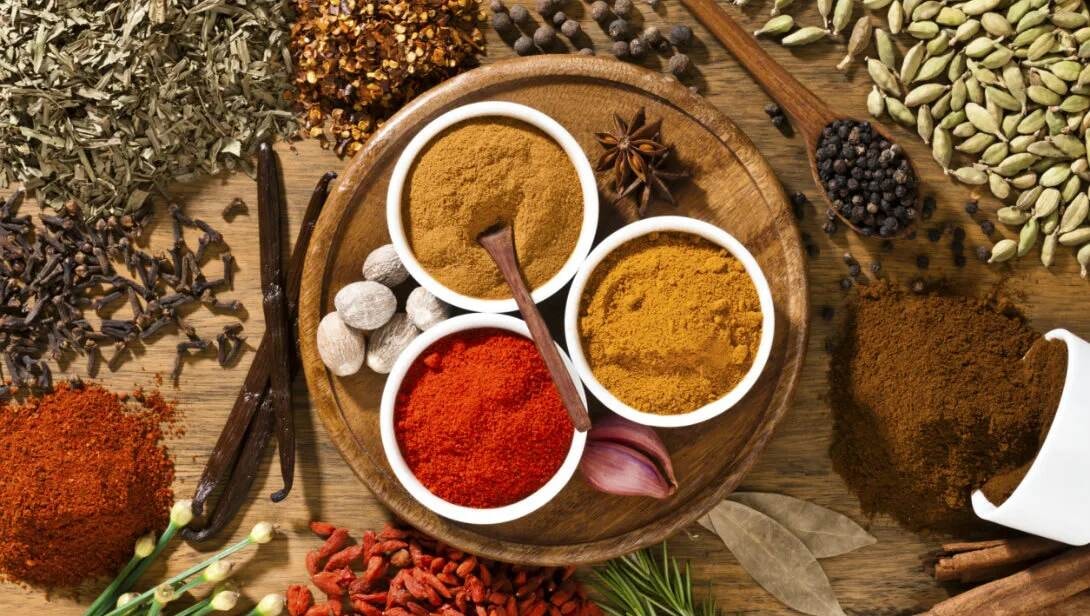
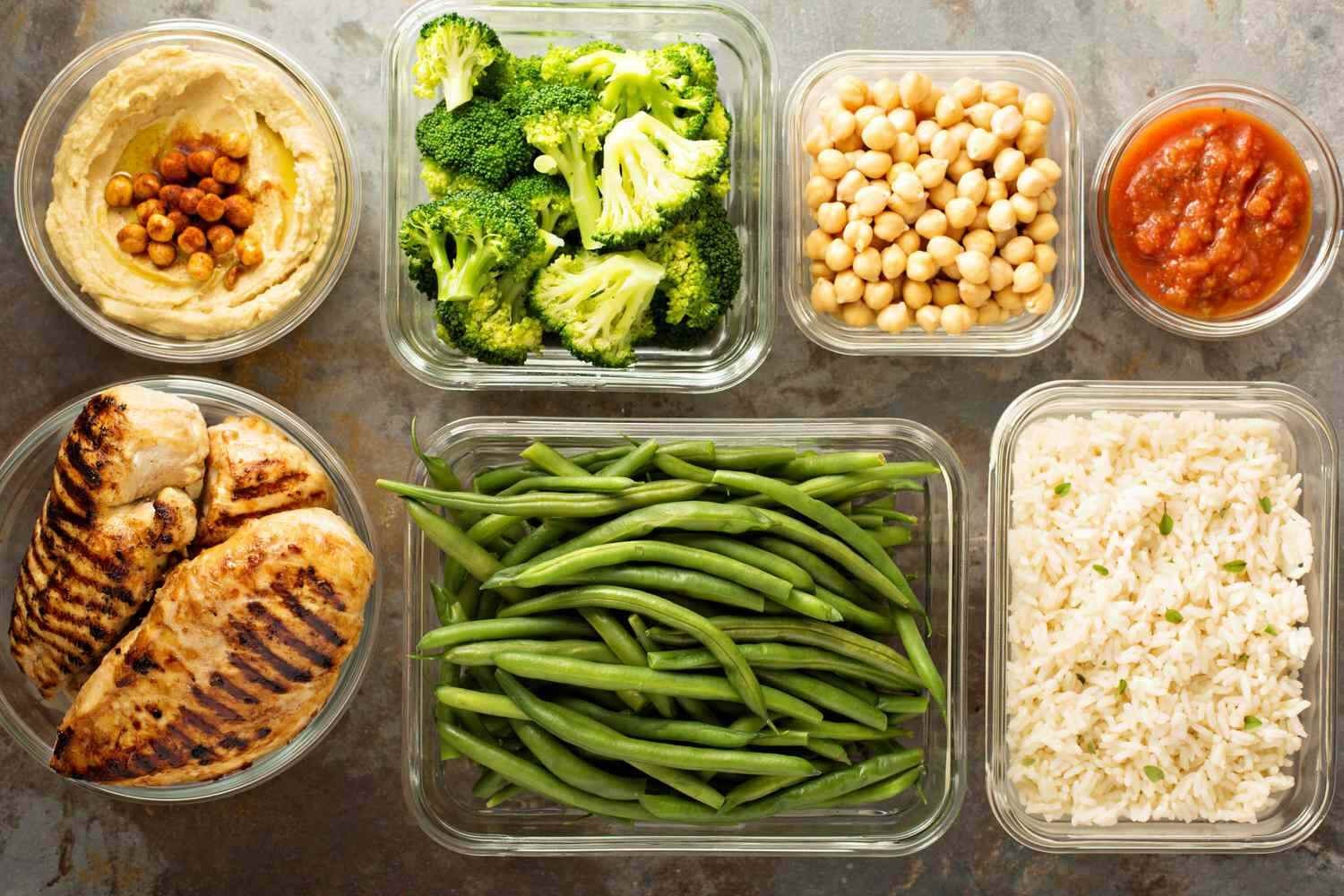
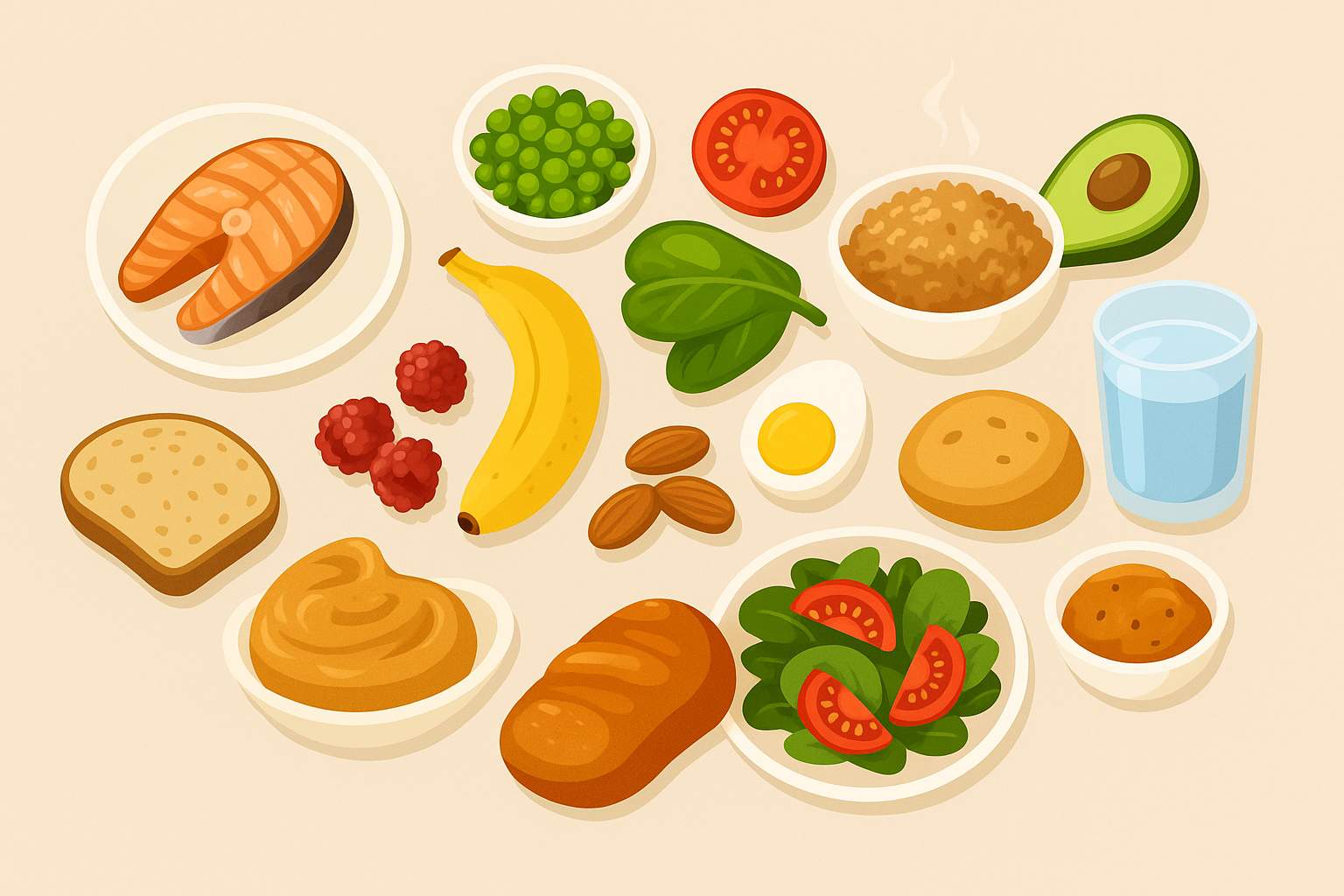
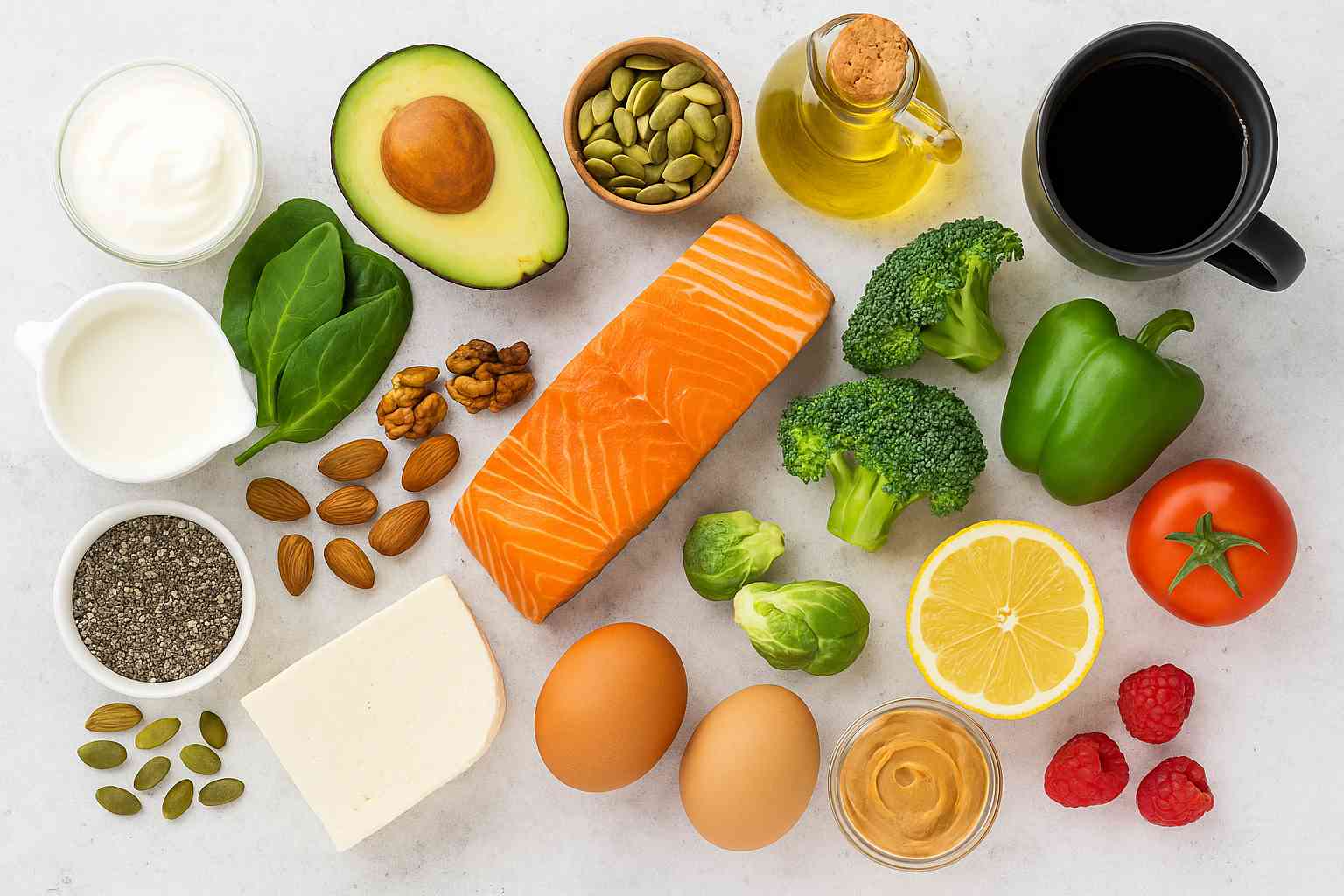
Leave a comment
Translation missing: en.blogs.comments.discription